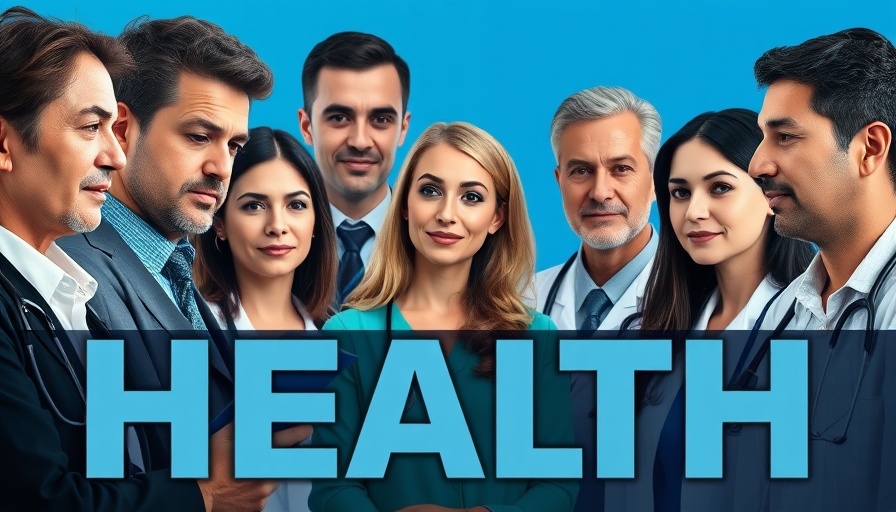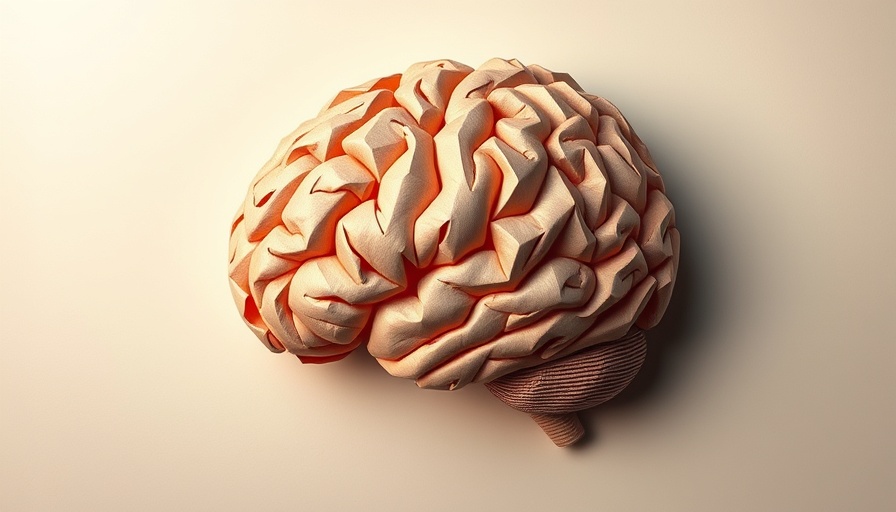
Understanding Venous Insufficiency and Its Impact on Health
Venous insufficiency is a condition that occurs when the veins in the legs do not adequately return blood to the heart. This condition can lead to swelling, discomfort, and in more severe cases, deep vein thrombosis (DVT). Recently, the health community took note of President Trump's visible leg swelling, thrusting venous insufficiency into the public spotlight. This incident serves as a crucial reminder of how common this condition is, especially in our sedentary lifestyles.
In 'Trump’s Leg Swelling Alarmed Doctors — Here’s How to Protect Yourself!', the discussion dives into venous insufficiency, exploring key insights that sparked deeper analysis on our end.
Alarming Signs: What to Look For
Swelling in the ankles is one of the primary signs of venous insufficiency. Other symptoms include cramping, spider veins, and discoloration on the skin, which can indicate increased pressure within the veins. The more these symptoms are ignored, the more serious they can become, eventually leading to issues like skin ulcers or DVT. So, it’s vital to pay attention to your body. Are you noticing changes? If so, it’s time to act!
Lift Your Spirits: Simple Actions to Enhance Circulation
Your cardiovascular health need not be a source of distress. There are several practical steps everyone can take to alleviate and potentially avoid the complications associated with venous insufficiency. For instance, engaging in calf pumps—contracting your calf muscle while sitting—can powerfully boost your blood circulation. Simple activities like standing up to stretch or walking every hour can make significant differences.
Hydration and Nutrition: Keys to Health
Another crucial aspect of maintaining vein health is staying well-hydrated. Ironically, many people suffering from swelling assume that drinking less water will help, but the opposite is true. Adequate water intake helps the kidneys function well and promotes better blood circulation. Additionally, incorporating foods rich in flavonoids like dark berries and citrus can enhance vascular health. Avoiding excessive salt and ensuring a balance of essential vitamins and minerals like magnesium is also key!
Mind Your Movement: A Daily Practice
Don't forget the importance of regular movement. Sitting for long periods is a major culprit in venous insufficiency. Whether at work or on a long flight, change your position frequently. If you're stationary, consider using compression socks, which help your veins return blood efficiently. Essentially, think of these socks as your 'second heart,' compressing your legs just as the calf muscles do during movement.
Spotting Trouble: What to Discuss With Your Doctor
If you suspect you’re suffering from venous issues, a discussion with a healthcare provider can help. Be prepared to discuss your symptoms, daily activities, and any family history of venous disease. A physician may perform a physical examination and potentially order tests like ultrasound to evaluate your veins thoroughly.
Emotional Wellness: Beyond Physical Health
Physical ailments like venous insufficiency can impact mental wellness. Being in discomfort may lead to stress and anxiety. Hence, it’s essential to adopt holistic wellness strategies that aren't just about physical health, but about comprehensive health that includes emotional well-being.
Learn and Adapt: Staying Proactive About Your Health
Integrating health-conscious habits into your daily routine doesn’t have to be daunting. Take small steps like practicing good hydration, adjusting your seating frequently, proper diet choices, and maintaining a good exercise routine. By being proactive, you can significantly reduce the risks associated with venous insufficiency and enhance your overall quality of life!
If you found this information helpful, consider sharing it with friends and family. Let’s create a community focused on health and wellness.
 Add Row
Add Row  Add
Add 




Write A Comment